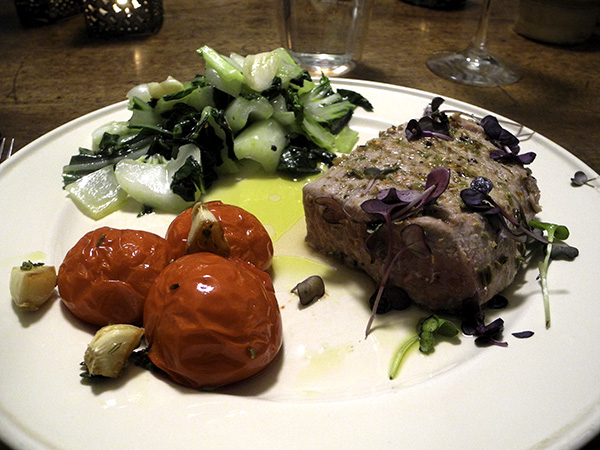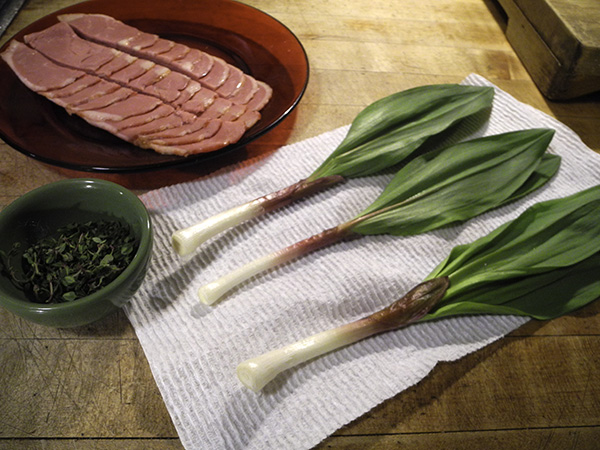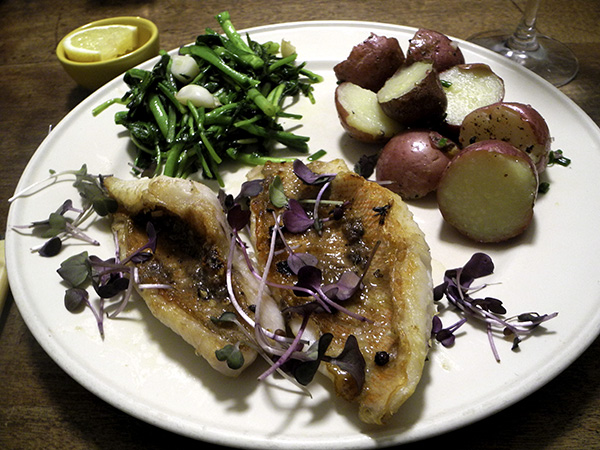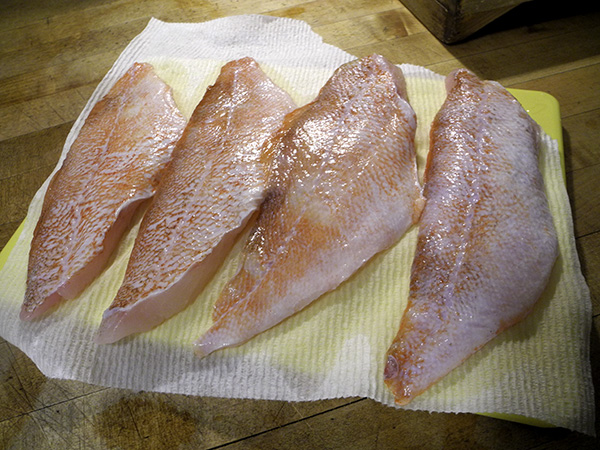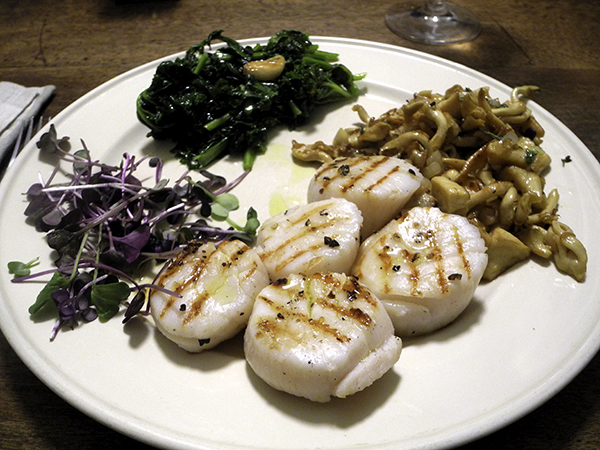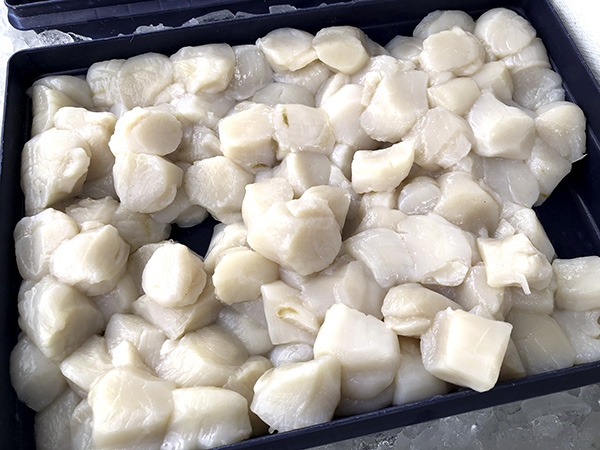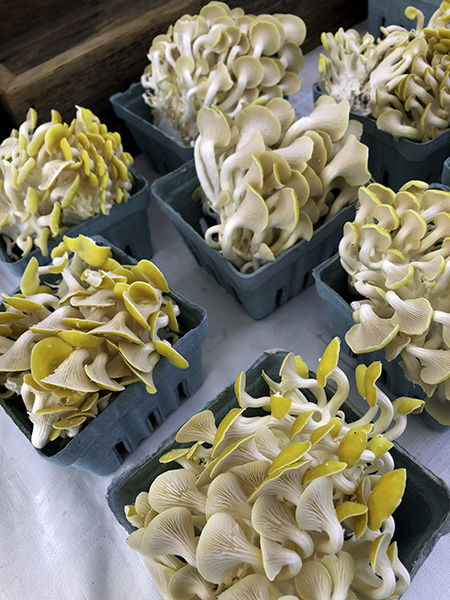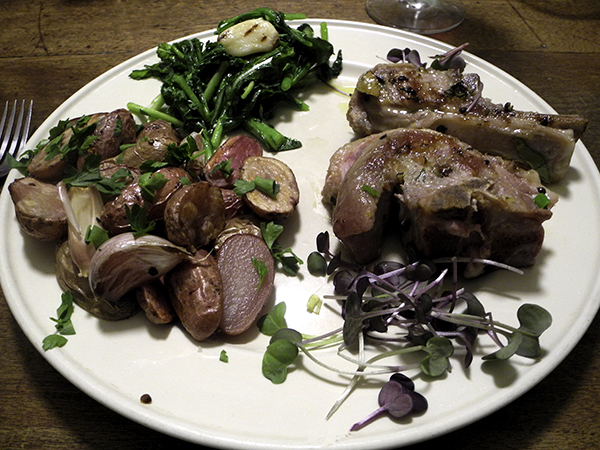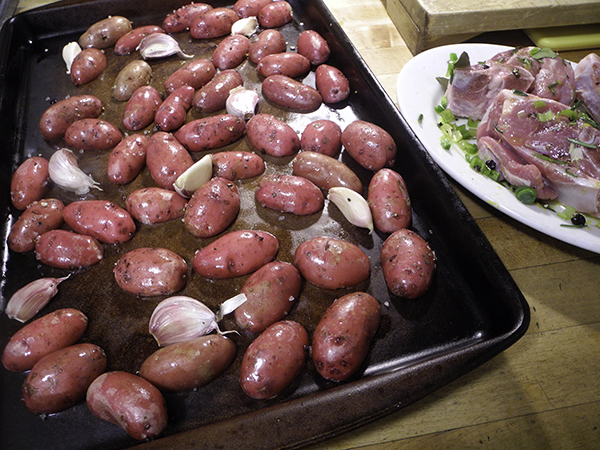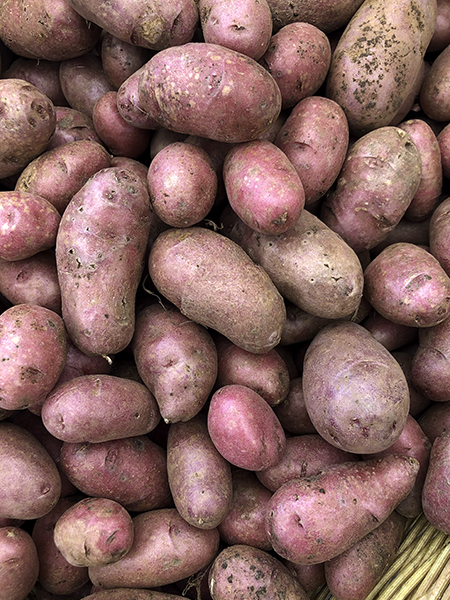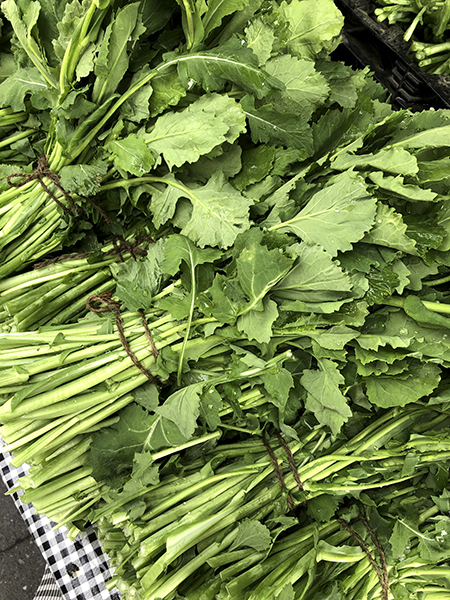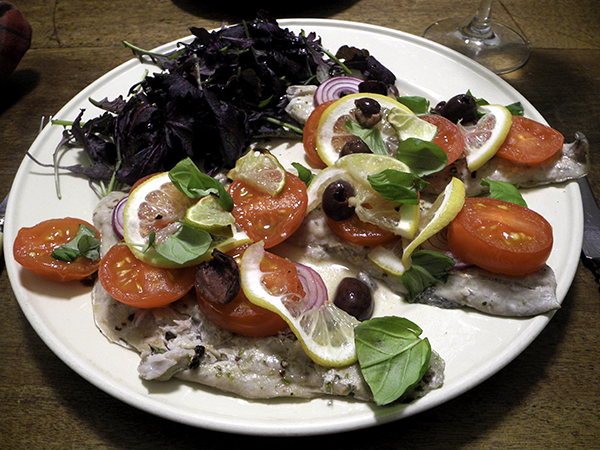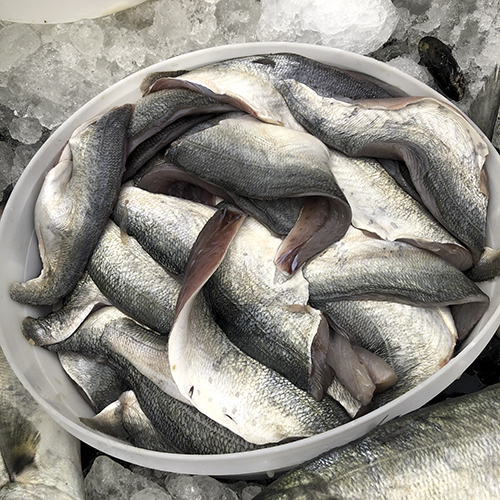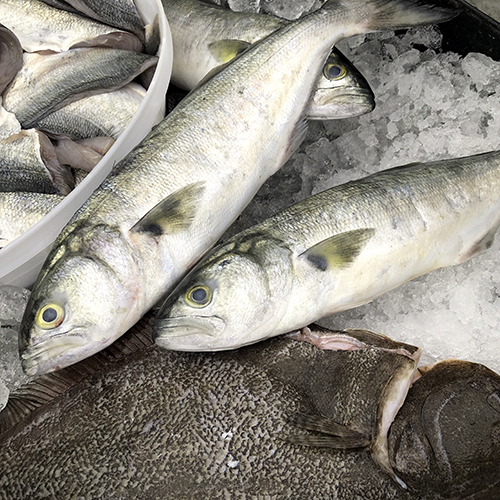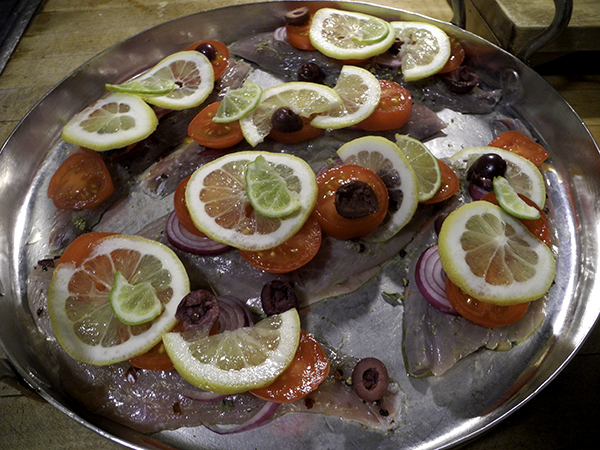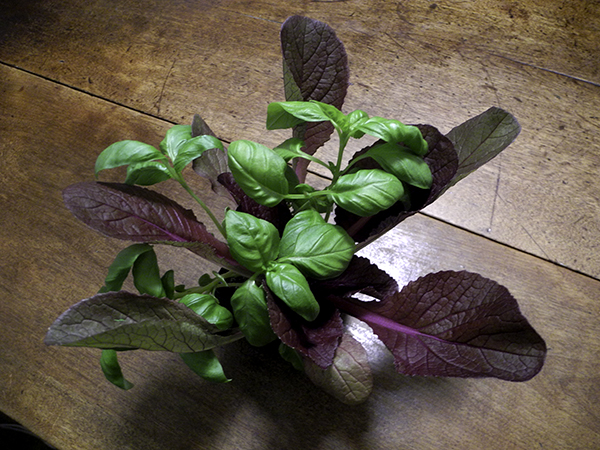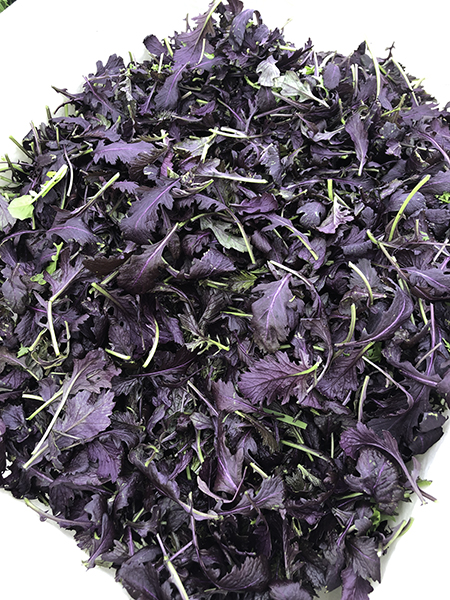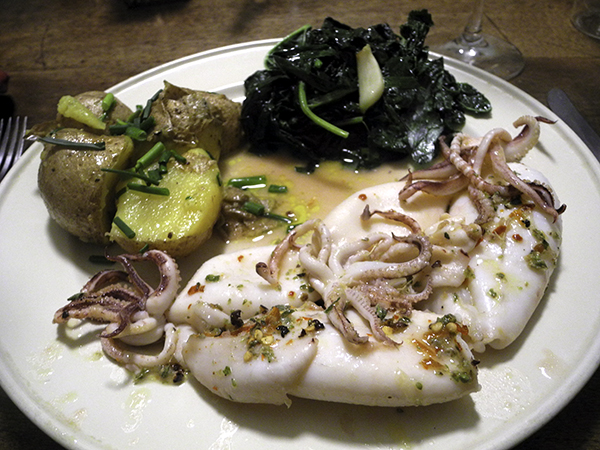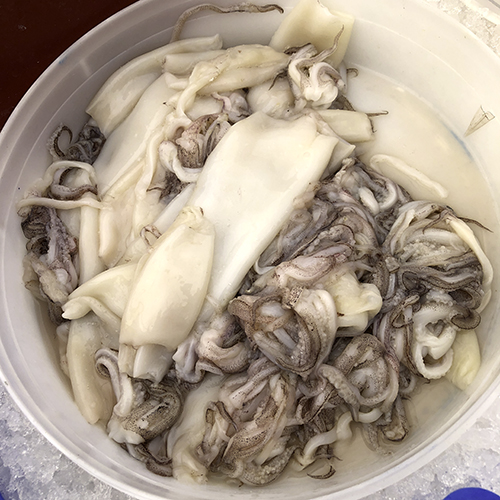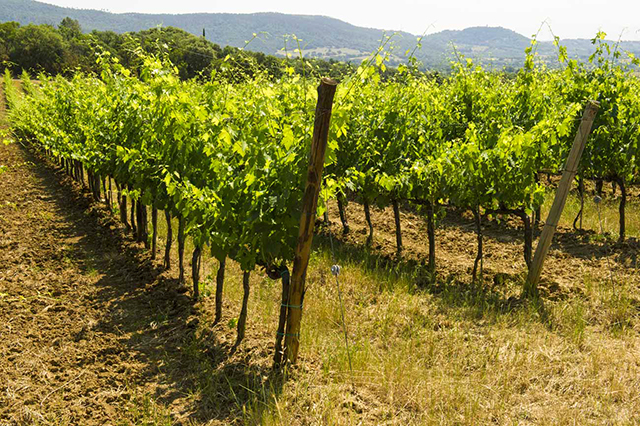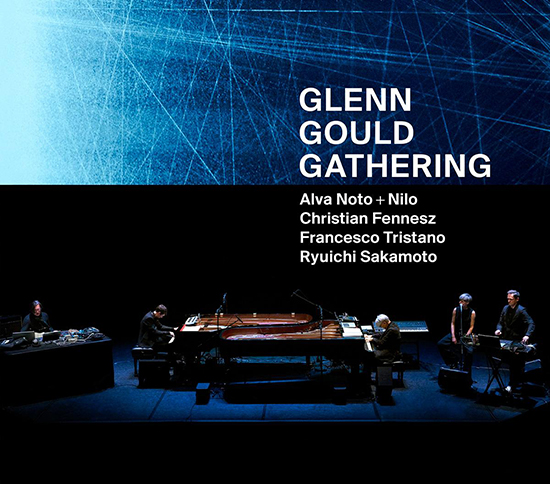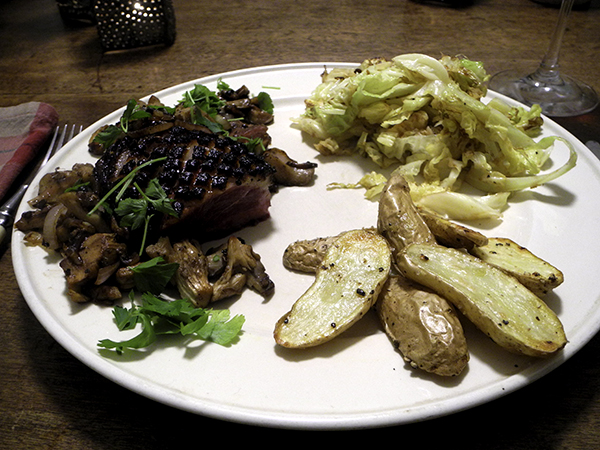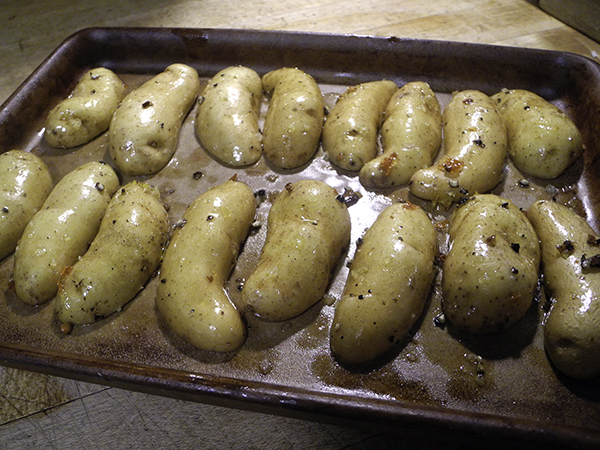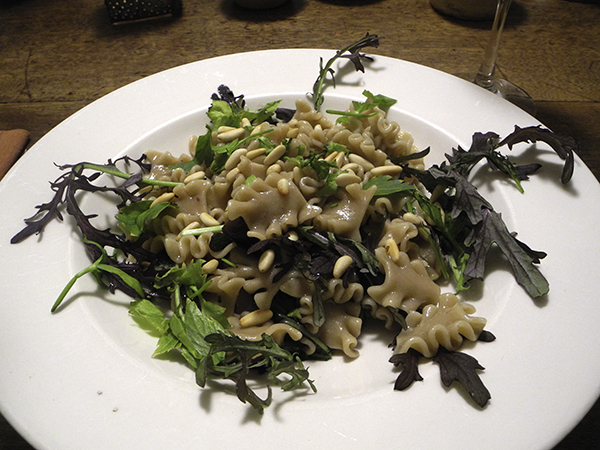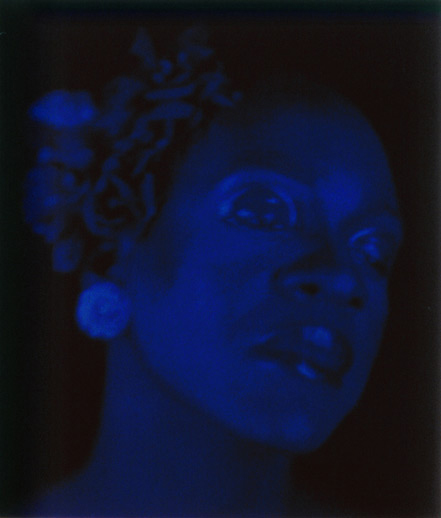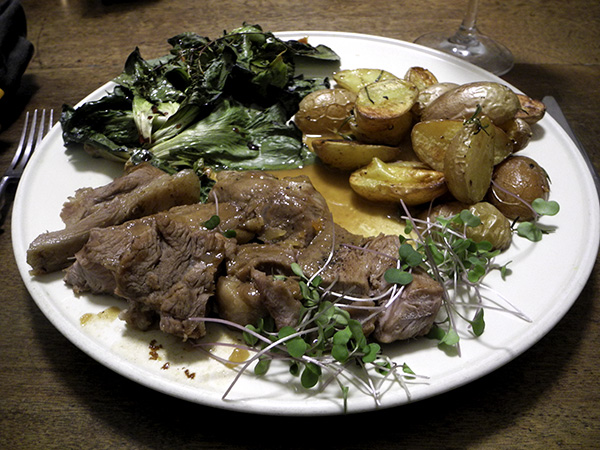
Last night I returned to my ancient, well-thumbed and lightly-sauced 1966 edition of Julia Child’s, ‘Mastering the Art of French Cooking, Volume 1’ to help me decide what to do with a cut of meat I don’t think I have ever prepared before.
The result was really delicious, although it was very different from my current cooking style, and it looks surprisingly ‘French provincial cooking’ (I don’t know what I was expecting). Anyway, thank goodness for micro greens.
It also reminded me of some of the reasons I mostly abandoned Julia Child years ago: I almost always found it personally very stressful, especially toward the finish, even when they were a great success (maybe you have to be the mythical bonne femme to carry it off?); I got tired of the rigidity of her formulas; I doubted her books would ever enable me to be creative or improvisatory; and I was eventually persuaded that the recipes were unnecessarily complicated, especially after I started working with Italian models. I worried that I would never be à la bonne femme

These are the potatoes that went into this meal. I may finally have to admit that I become obsessed with eggs at this time of the year. The image is of a couple handfuls of Pintos, but as I was preparing them last night I saw them as small marzipan Easter eggs. They made absolutely delicious roasted potatoes!
I found timing the cooking of this single veal chop problematic, and I don’t know why. I had kept the lowest possible flame under the covered pot while it was braising, but my instant read thermometer told me it was done much sooner than Julia had said it would be. The next time, if there is a next time, I’m probably going to depend entirely on my personal finger gauge, as Pierre Franey advises:
Of course, it is not always practical to pierce chops with a meat thermometer, so I usually use the trusty finger method. Press the meat carefully and quickly while it is cooking-naturally, avoid touching the hot surface of the pan-and if the meat bounces back readily, it needs further cooking. As soon as the meat loses that resilience, it is done. Judging this takes some experience, but once you master the technique, it is foolproof.
- one 23-ounce veal shoulder chop, slightly over an inch thick, from Alex at the Consider Bardwell Farms stand in the Union Square Greenmarket, dried well with paper towels, seared in 1 tablespoon of butter and half a tablespoon of olive oil inside a heavy medium size enameled oval cast iron pan (the chop just fit, with no room to spare), once the butter foam had begun to subside, for 3 or 4 minutes on each side, regulating heat so the butter is very hot but not browning, removed to a side dish, the meat seasoned on both sides with sea salt and freshly ground black pepper, et over moderate heat, more than a tablespoon of minced strongly flavored ‘camelot’ Dutch red shallots from Quarton Farm stirred into the butter and oil, cooked for 2 minutes, stirring, the veal returned to the pan, 1/4 cup of dry white wine (our dinner wine, Medoc Villa des Crus 2015) added, along with some chicken stock, enough to come half way up the meat, a teaspoon or so of home-dried sage (originally from Phillips Farm last summer), the liquid brought to a simmer, the pan covered, its contents maintained at a slow, steady simmer throughout cooking (as it turned out, less than 45 minutes) basting the meat several times with the liquid inside, the chop removed, the meat removed from the bones, and divided onto 2 plates and kept warm for the few minutes it took to finish the sauce by removing the fat with a vintage cast aluminum ladle designed for the purpose, the liquid brought to a boil and reduced rapidly until liquid almost syrupy, almost all the juice from half of a lemon added, at least partly to offset its inevitable saltiness, remove from heat and about 2 tablespoons of soft butter added, a little at a time, until melted in, the sauce spooned over the veal on the plates and served immediately (the vegetables having already been added to each) garnished with micro purple kale from Two Guys from Woodbridge
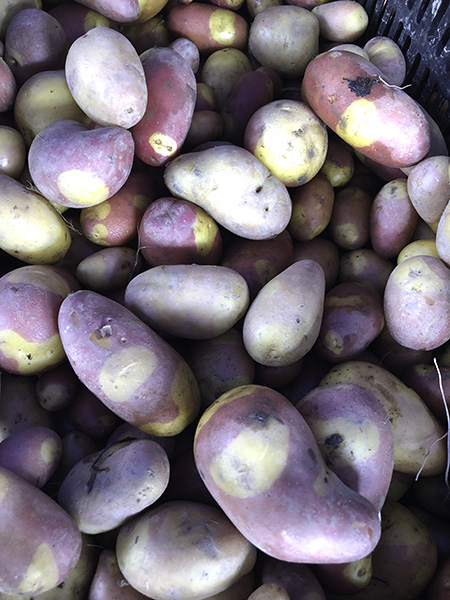
- one pound of pinto potatoes from Norwich Meadows Farm, halved lengthwise, tossed with a little olive oil, sea salt, freshly-ground black pepper, rosemary leaves from from Stokes Farm [and optionally, a small amount of crushed home-dried habanada pepper], arranged cut side down on a large Pampered Chef unglazed ceramic pan, roasted at about 400º for around 20 minutes
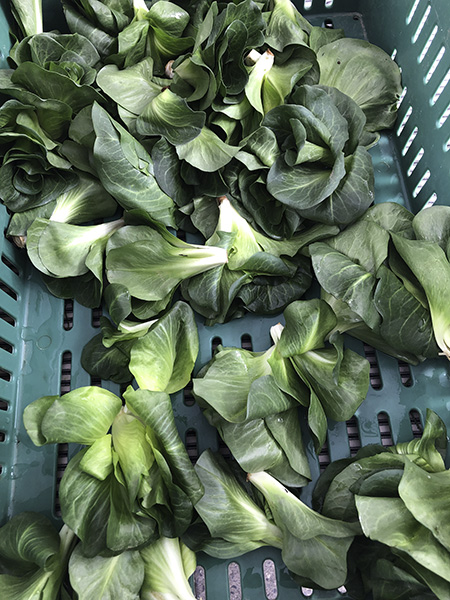
- a couple handfuls of beautiful chicory rosettes from Campo Rosso Farm that Chris said had popped up this spring from last fall’s plants, washed, drained, dried, each halved, or quartered, if larger, tossed in a large bowl with a little olive oil, salt, pepper, and a number of thyme branches from Chelsea Whole Foods, then arranged inside a large well seasoned Pampered Chef oven pan, roasted at 400º for about 10 minutes, by which time their edges had become deliciously crispy, removed from the oven, the pan allowed to cool just a little before they were drizzled with a very small amount of balsamic vinegar
- the wine was a French (Medoc) red, Medoc Villa des Crus 2015, from Garnet Wine
- the music was a recording of the first symphonies of Hans Gál and Robert Schumann, Kenneth Woods conducting the Orchestra of the Swan
- technically it should probably be described as ‘Côtes de Veau Dans Leur Jus‘ although my headline style would require all lower case), and in Julia Child’s book it is, but that didn’t all fit inside the space I had available
